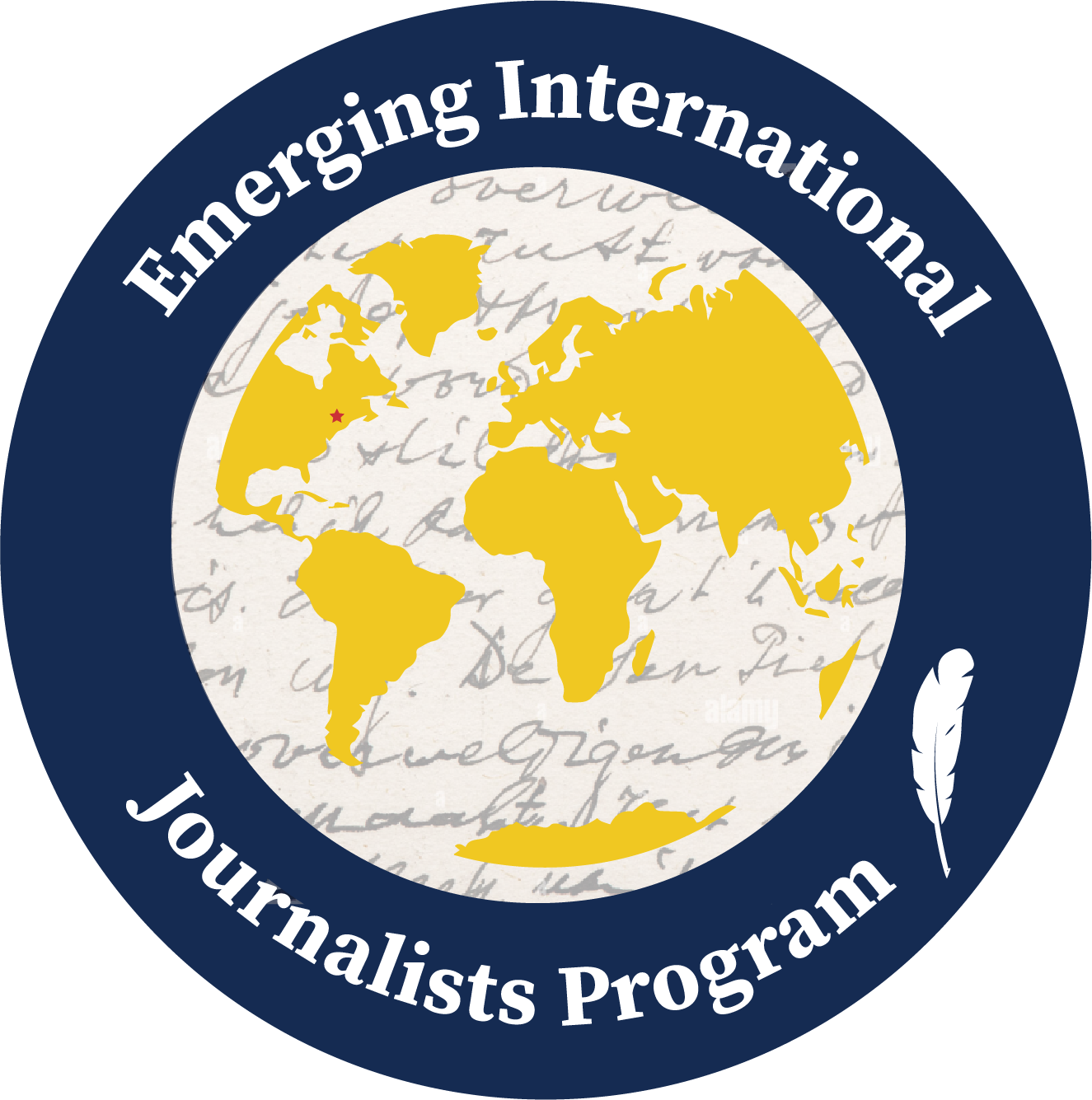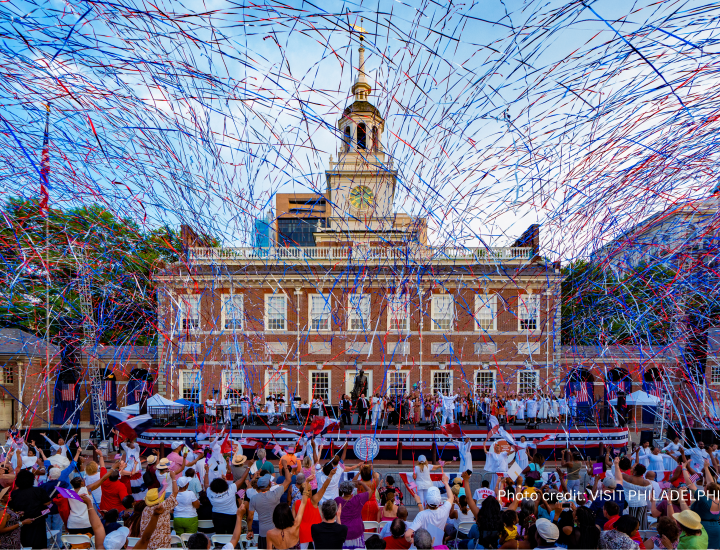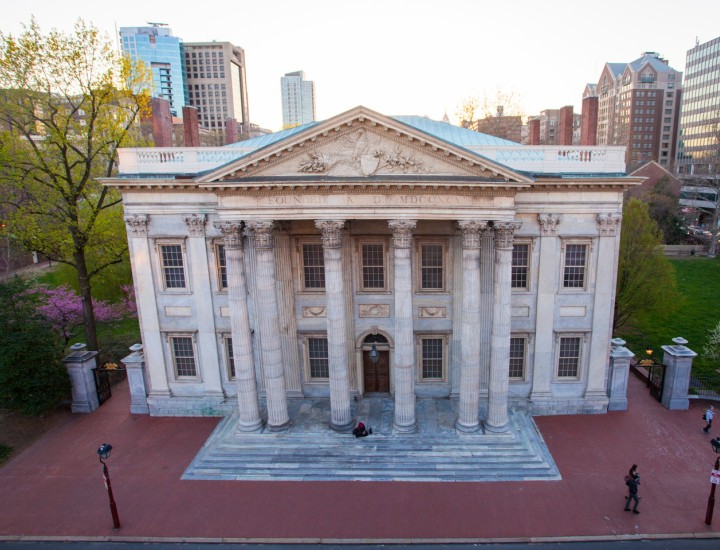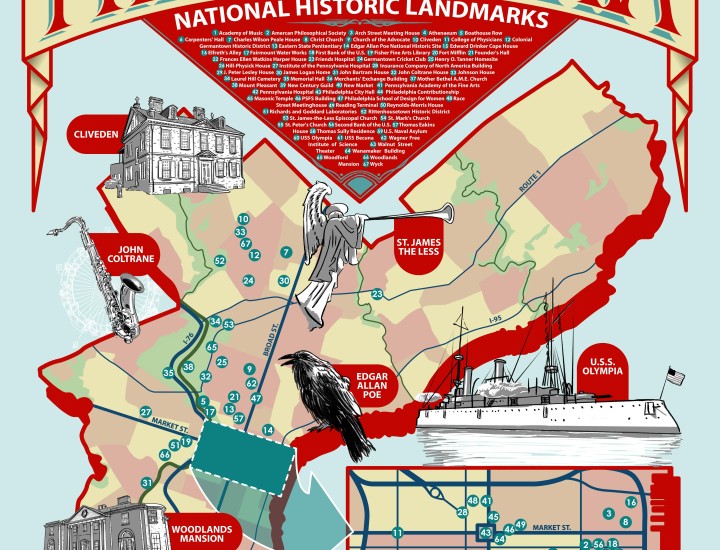From Treasury to Museum: The Transformation of America's First Bank for the Nation's 250th Anniversary
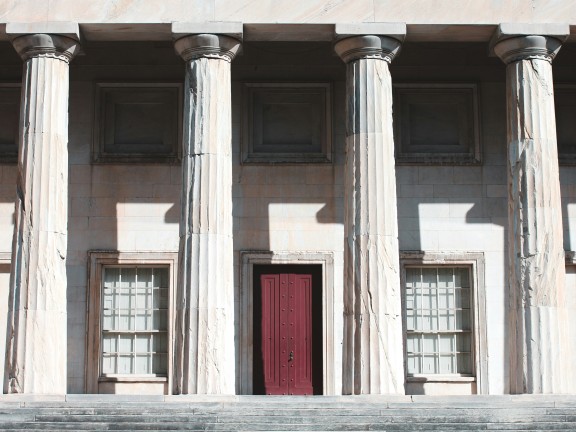
In a historic new project bridging heritage and finance, the First Bank of the United States is set to undergo a significant transformation in preparation for America’s 250th anniversary in 2026. Situated in Old City just steps away from the Museum of the American Revolution and the Liberty Bell, this architectural and historical treasure will emerge as a museum of economic history. With $22.2 million in federal funding, Independence National Historical Park has already begun the monumental transition to a museum that will trace America's fiscal evolution, one of just a few in the United States.
The origins of this respected building traces back to the visionary foresight of Alexander Hamilton, whose indomitable spirit shaped the nascent American economy. The first secretary of the treasury and a member of the Federalist party, Hamilton's name is highly respected due to his financial acumen and determination to build a centralized government. Conceived in 1795 after his intense advocacy for a national bank, the First Bank laid the cornerstone for a unified fiscal infrastructure, binding fledgling states into a national system of economic interdependence.
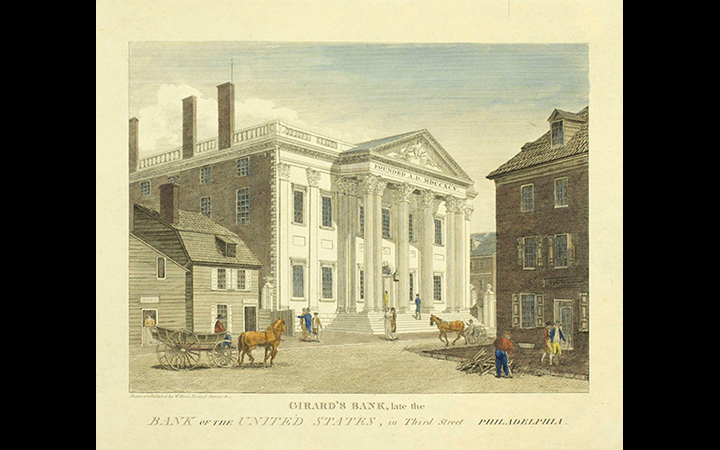
The bank laid the foundation for many of the financial systems that exist today. After the Revolutionary War, the bank stabilized the post-war economy and paid back the debt that piled up after seven years of fighting. It also established America’s first national currency and established credit systems that led to new branches across the country.
Yet, the narrative of the First Bank transcends beyond mere architecture and fiscal doctrine - it reflects the ups and downs of history. Stephen Girard, a French-American banker and philanthropist, took control of the bank and its holdings in 1812 after its charter wasn’t renewed the year before. Girard, respected by some and disliked by others, had a significant impact on many of Pennsylvania's industries. The bank stayed in his hands for nearly a century until its eventual inclusion in the Independence National Historic Park after the National Park service acquired it in the 1950s.
The transformation of this National Historic Landmark into an economic history museum is fitting due to its history, and reflects a deeply meaningful journey for the nation. Tom Caramanico, the executive director of Independence Historical Trust, recounts the many years of hard work, filled with passionate pleas to restore and bring it back to life. Now, Caramanico’s and other colleagues’ efforts have paid off as the bank’s transformation is underway.
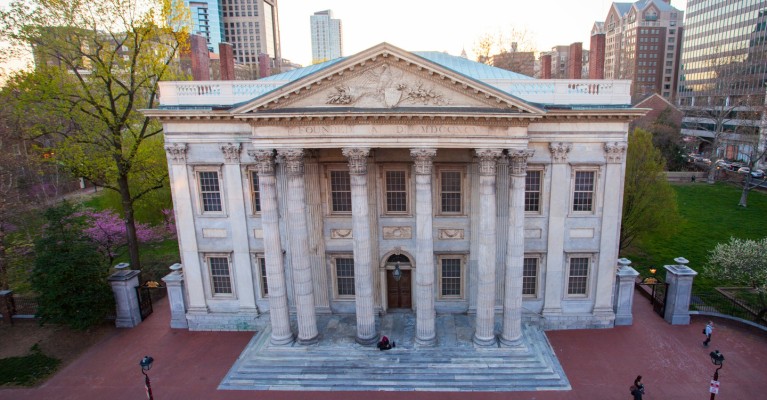
As the project unfurls, the country’s oldest surviving federal building that has not opened its doors since 1976 will come alive in time for the celebrations of 2026. The museum’s expositions and artifacts will be centered around land, work, money, slavery, and trade. The elegant neoclassical facade will be carefully kept, offering a glimpse into the past for visitors.
The stage is set for a grand unveiling in the city of America’s founding. In 2026, as the nation commemorates the semiquincentennial, the First Bank will open its doors and join Philly’s impressive network of over 109 museums, ushering in new opportunities of historical exploration and cultural enrichment for locals, visitors, and history buffs.
This article is the first of a Global Philadelphia's series of articles centered around the city's preparations for 2026.
